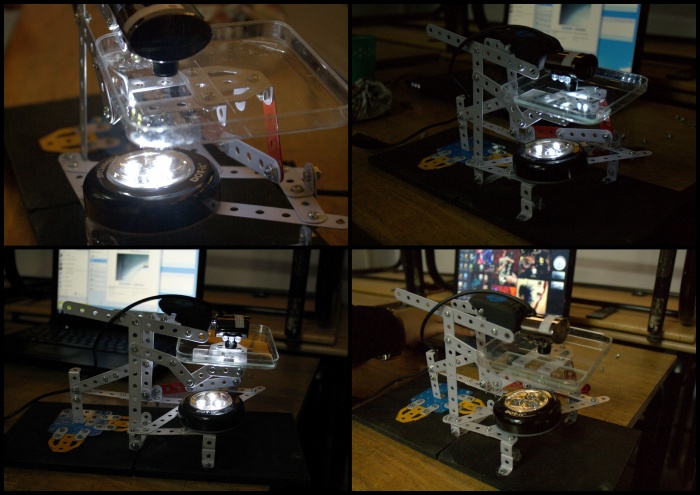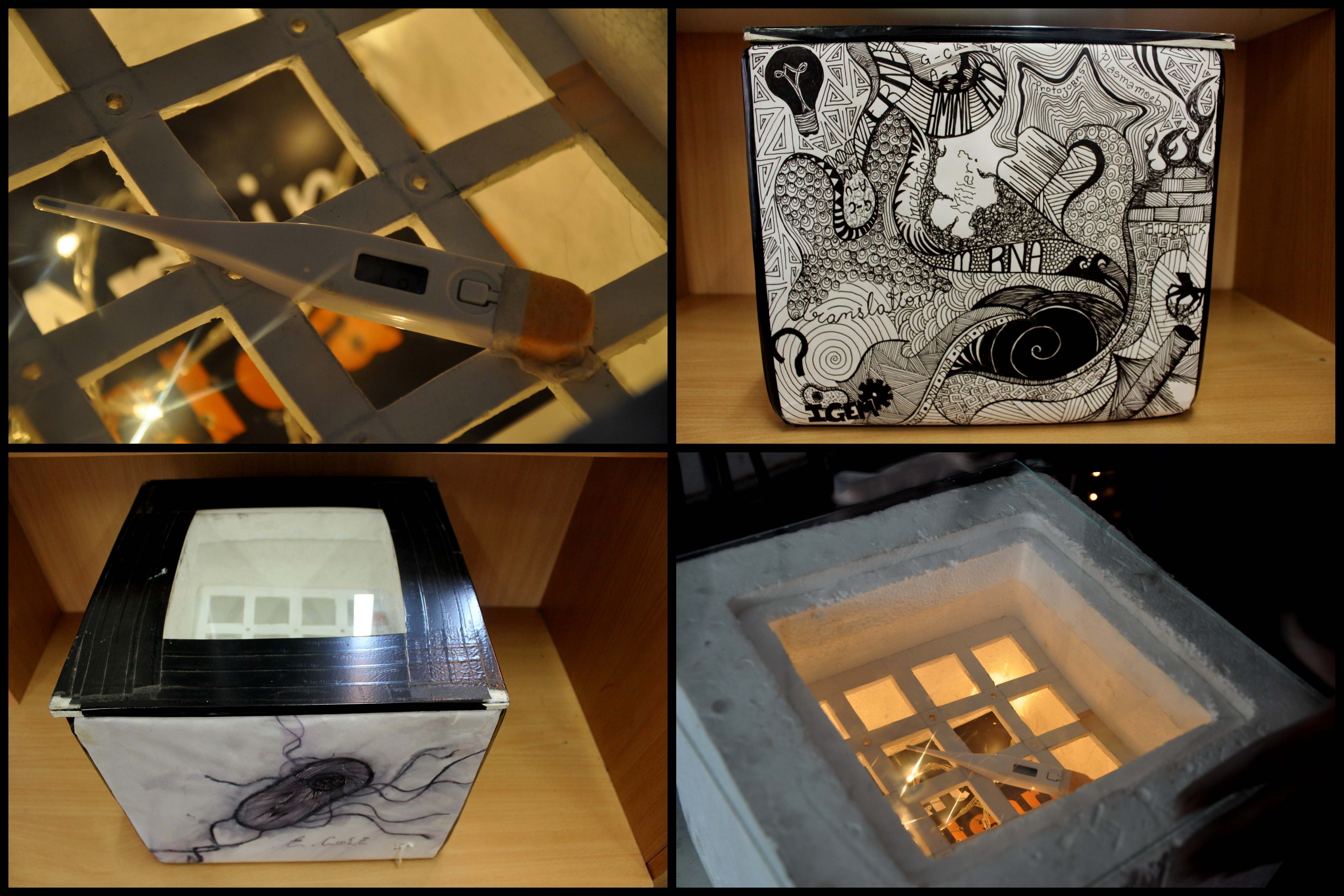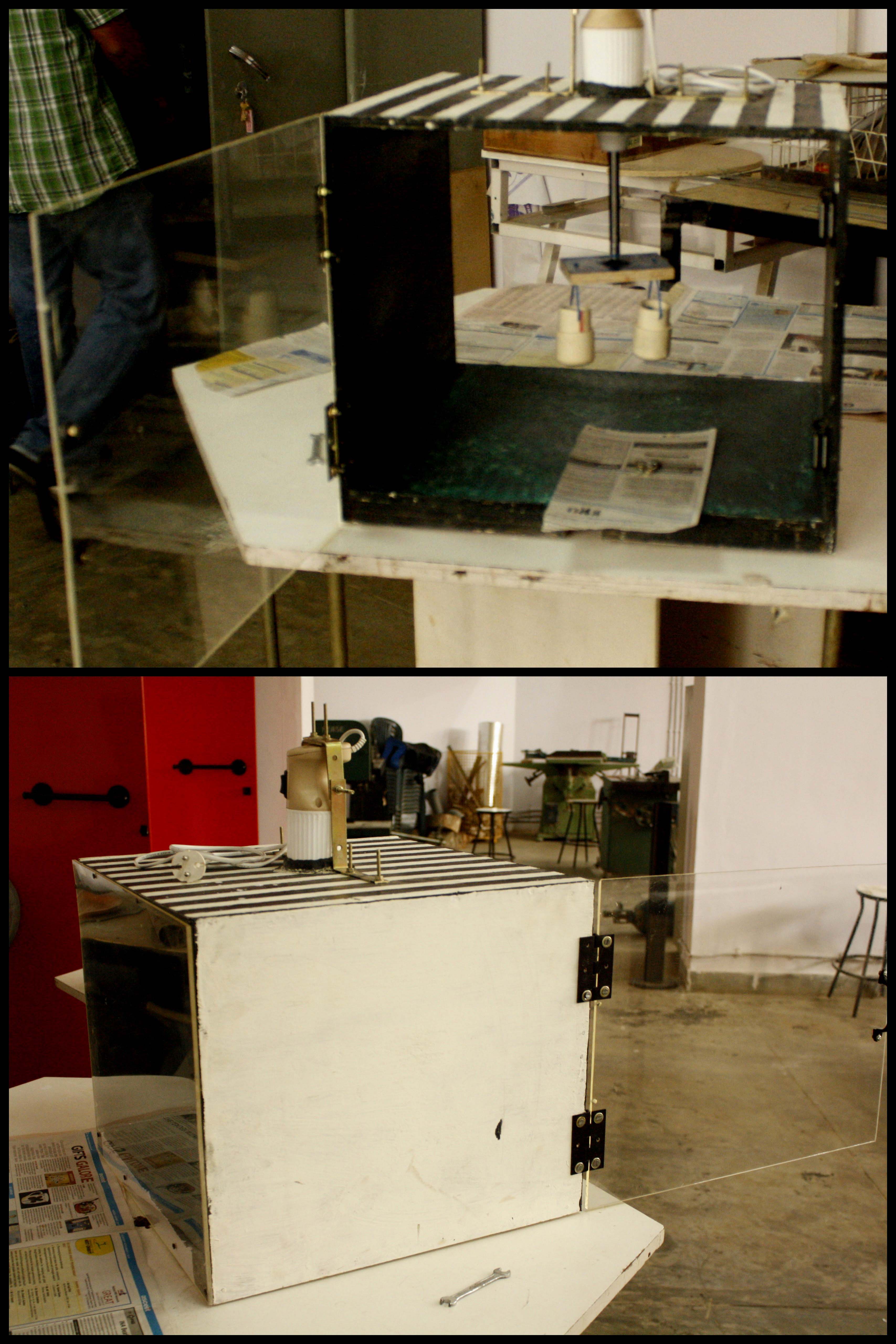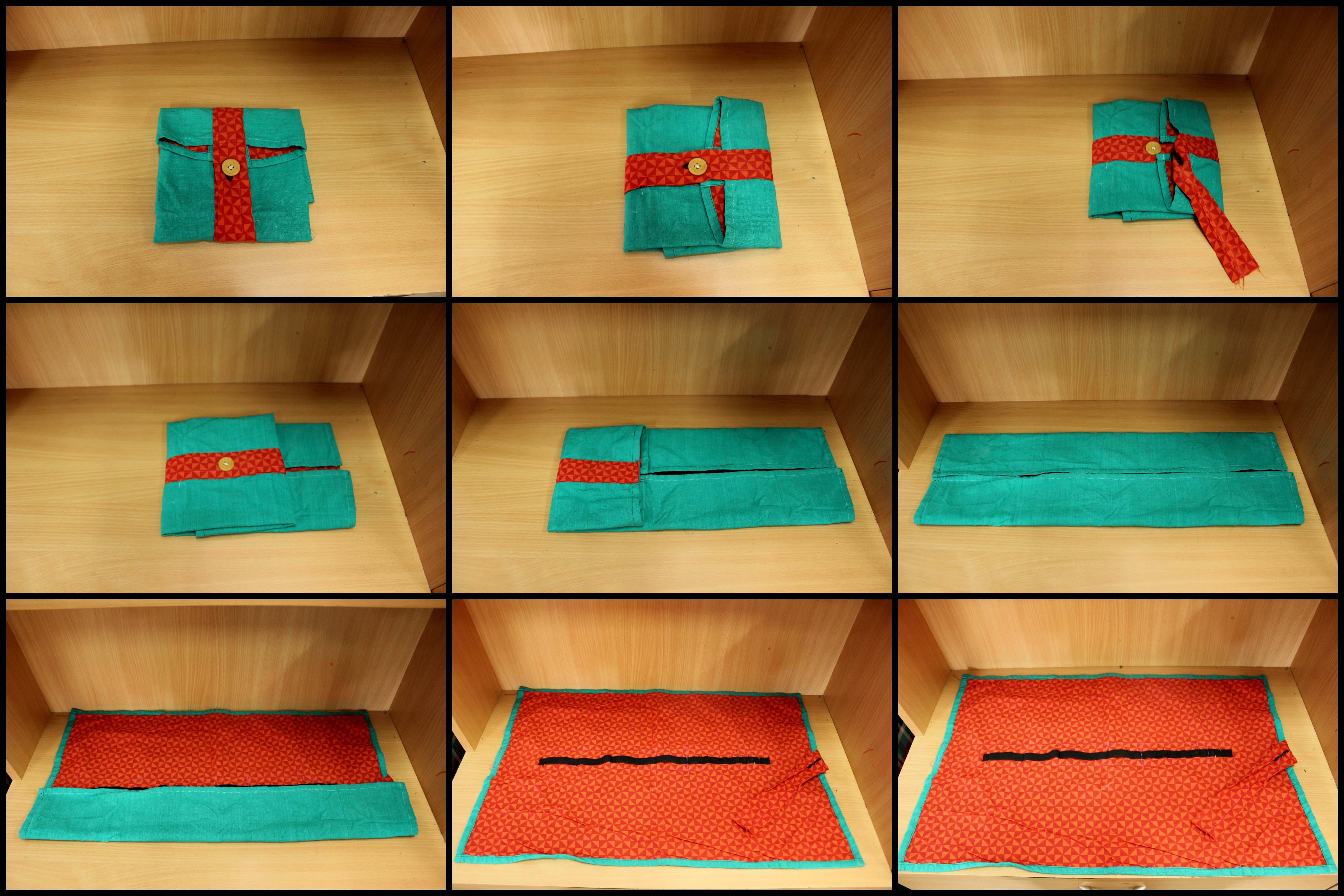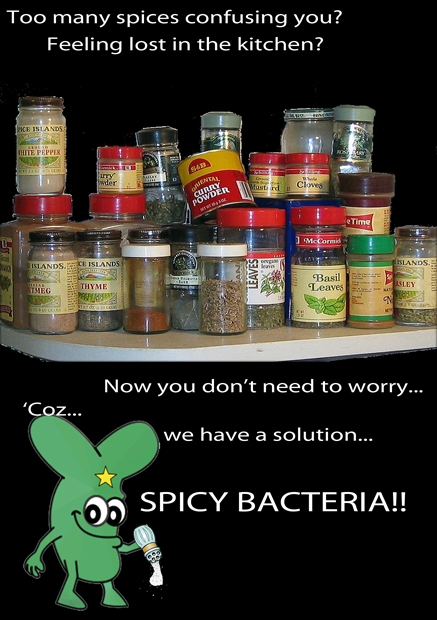Team:ArtScienceBangalore/Notebook
From 2011.igem.org
Notebook
Experiments at NCBS
The BioGeographer's toolkit
The Post-Natural BioGeographer
Outreach with Friends
Watching some David Cronenberg
Shivers (a movie directed by David Cronenberg) is about a doctor’s attempts to bring out the inner sexual animal in man, using a parasite. He fooled his co-workers, and sponsors, into thinking that he was working on creating an alternative to organ transplant, by using parasites. The doctor was unable to accurately predict what the modified parasite would do. This lead to the parasite spreading from his teenaged mistress to quite a few other residents of a “sterile” high-end apartment block, and spreading uncontrollable sexual desire. This movie highlighted the unpredictable nature of the effects, the consequences of any modifications that we make in any organisms. It also highlights the unpredictability of the behaviour of the organisms. The behaviour of the modified organism in the laboratory is not adequate enough to predict its behaviour in the outside (real) world. The parasites modified an entire society and, in a manner, the entire purpose of a community.
We also watched The Fly...and here are a few of the reactions!
Some Early Speculative ideas
Spices like chillies & pepper feel "hot" beacuse they contain certain chemicals like capsaicin and piperine. Our body (mainly our mouth) feels a sensation of burning pain, as a result of these chemicals. Our sensory neurons contain a functional cDNA encoding for a capsaicin receptor. The receptor is a non-selective cation channel that is also activated by increases in temperature. Similarly, other spices will all have acting chemicals, mostly organic. Each spice will also have corresponding receptors, or mechanisms, to induce responses. Most of the spices and condiments used are plant parts. This implies that they do contain cells (living or dead. Cells contain DNA, which would be responsible for the production of the chemicals responsible for the flavours of the spices. We would be able to identify the exact DNA sequences that code for the necessary chemicals by DNA sequencing. Once the sequences are identified, they can be introduced into the DNA of a suitable, safe bacteria. This bacteria would produce the different chemicals (for the spices) in certain fixed quantities when introduced into the food. This would reduce the chances of dishes getting "spoilt" due to the usage of incorrect mixtures and quantities of spices.
 "
"
